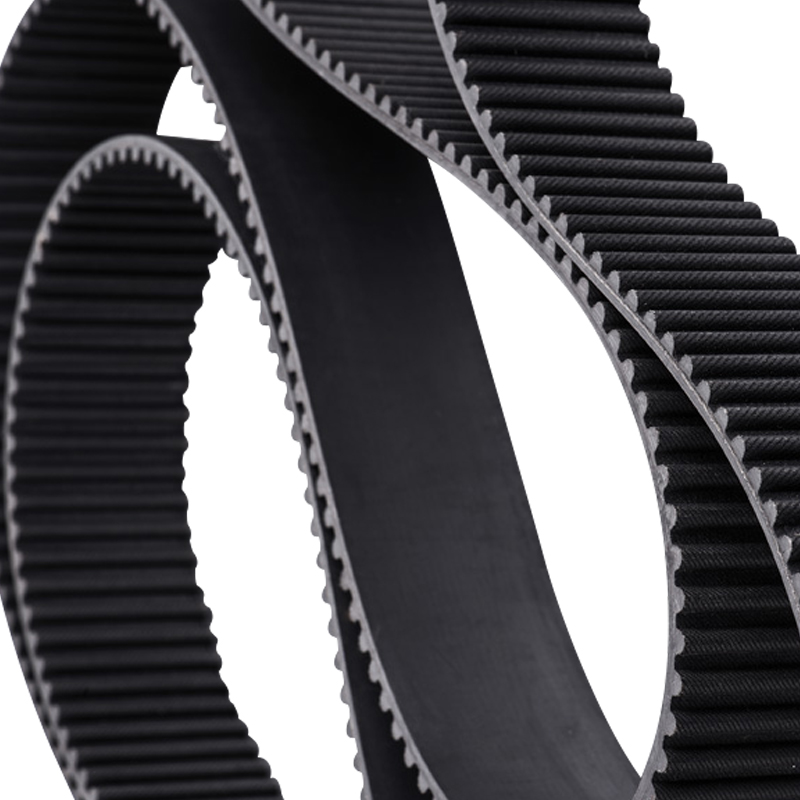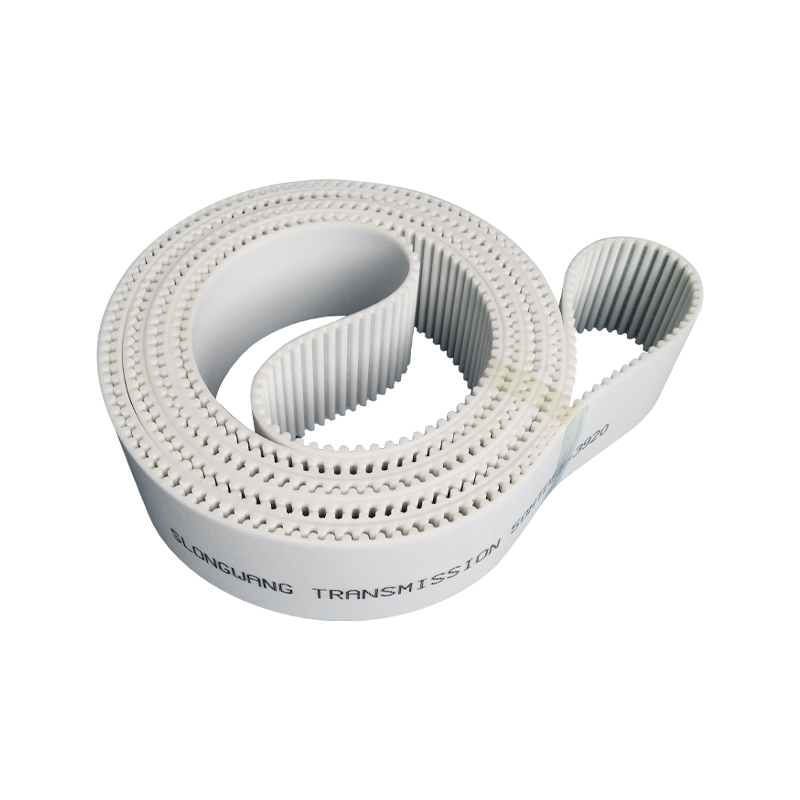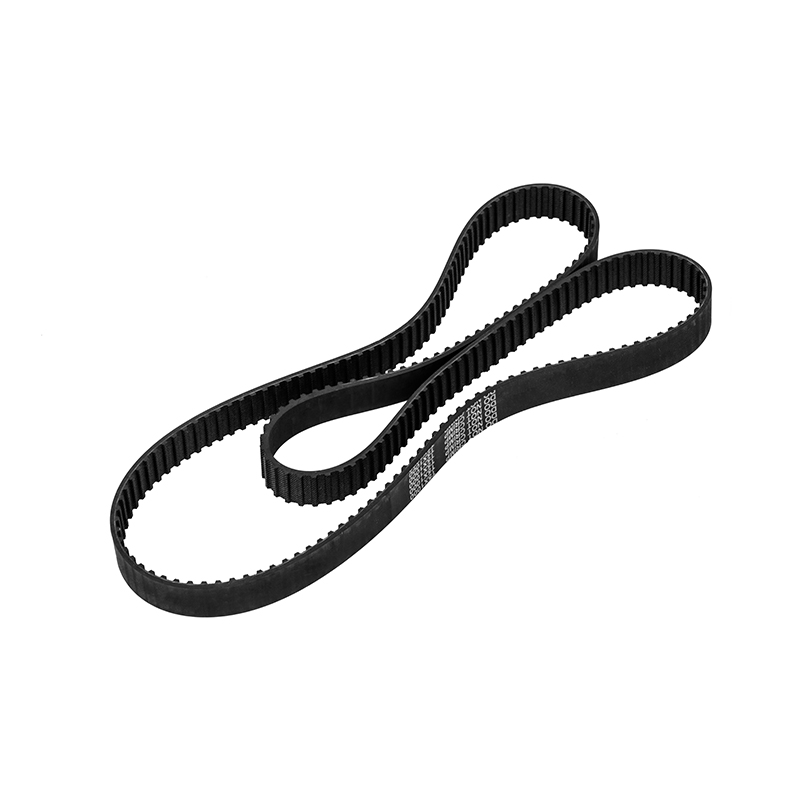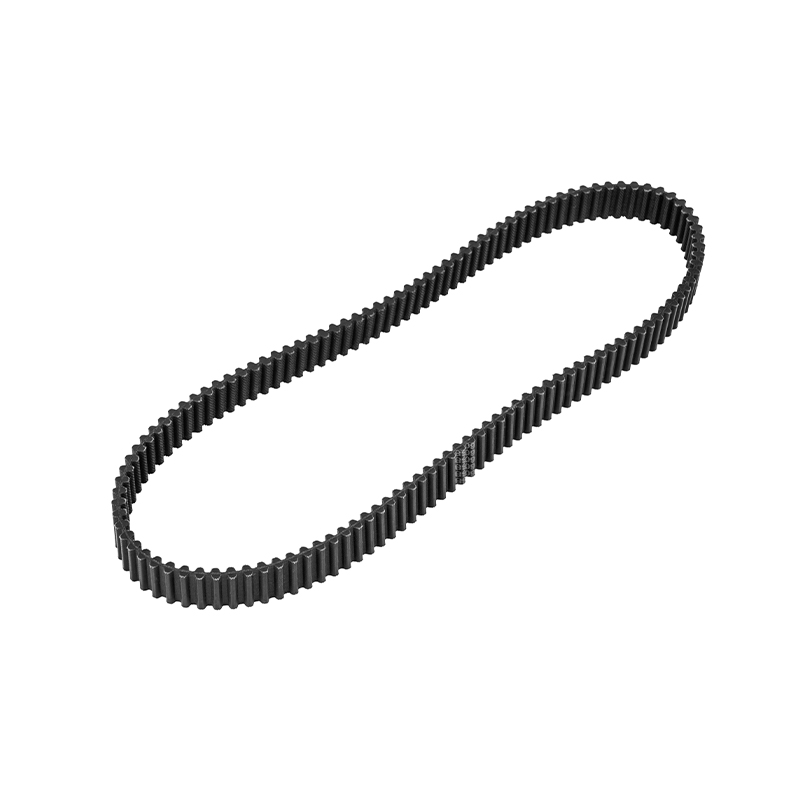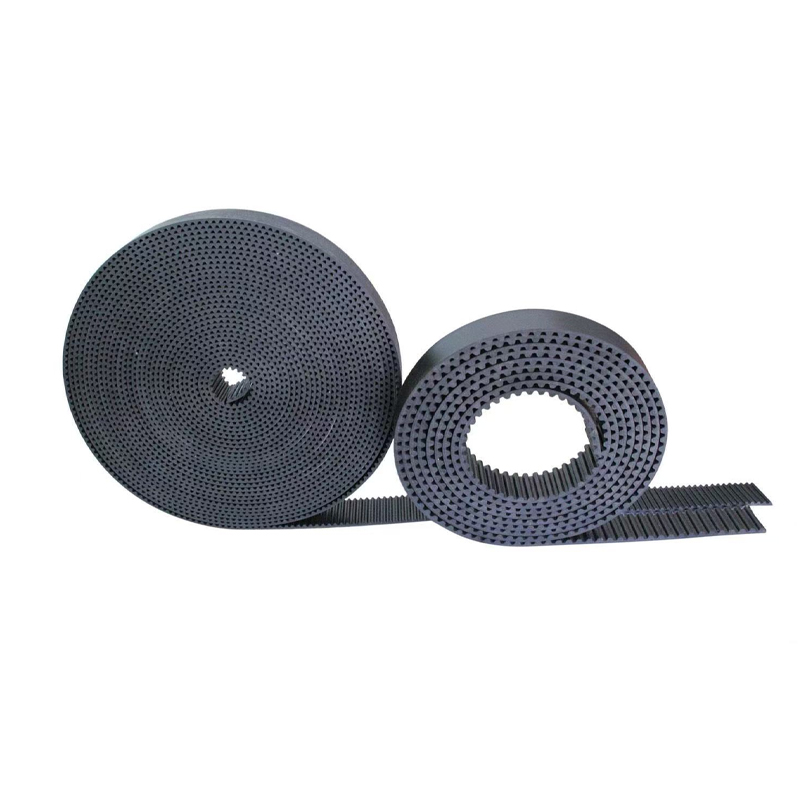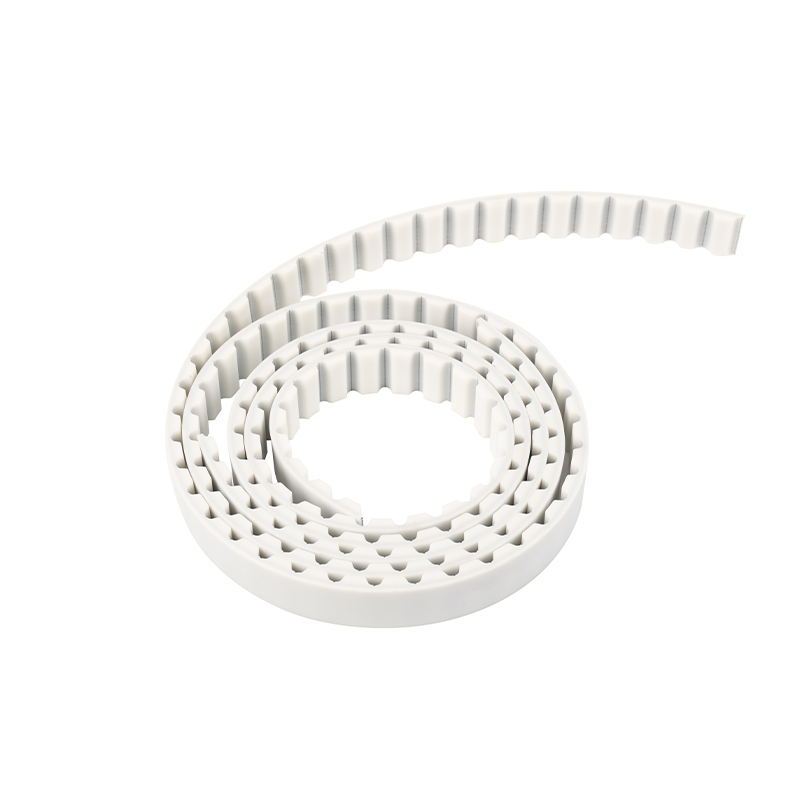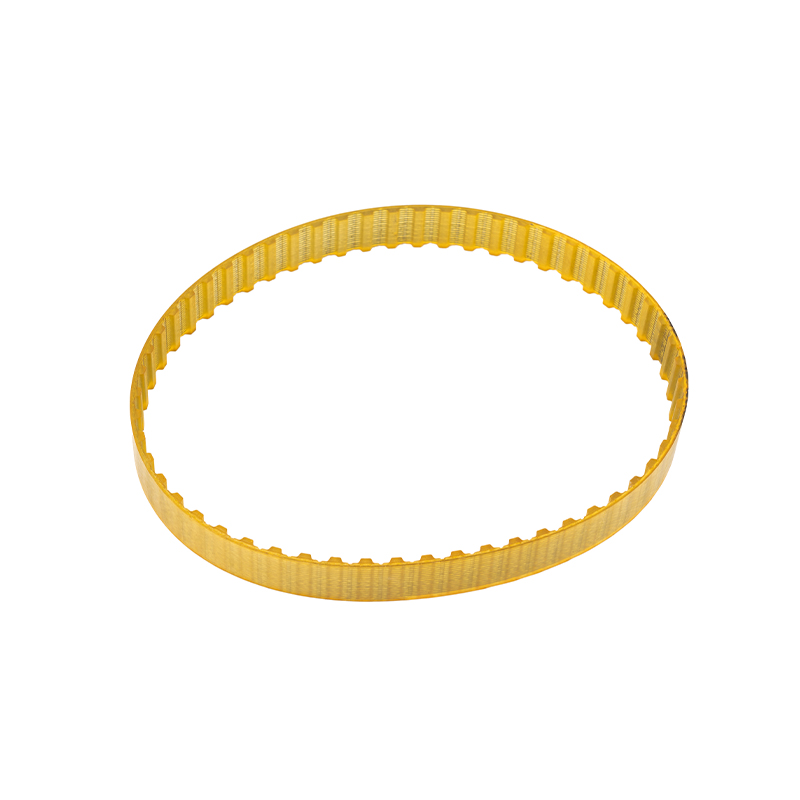Trapezoidal tooth timing belt technology innovation promotes the development of precision mechanical transmission
2025-05-21
Today, as the wave of manufacturing intelligence and Industry 4.0 sweeps the world, mechanical transmission systems as core basic components are undergoing a new round of technological iteration. Among the many transmission methods, Trapezoidal Tooth Timing Belt has been widely implemented in industrial automation, precision control, medical equipment, food packaging, new energy and other fields with its advantages of high efficiency, precision, quietness and lubrication-free.
Traditional mechanical transmission mostly relies on rigid connection methods such as chains and gears, but at a time when the demand for high-speed, precise, quiet and efficient equipment operation is increasing, trapezoidal tooth timing belts are rapidly replacing traditional solutions due to their advantages of non-slip transmission, precise positioning, low vibration, and convenient installation and maintenance. Especially in high-demand scenarios such as flexible automation, high-end manufacturing, and intelligent control, companies are more inclined to choose transmission components that can improve equipment operation efficiency and reduce operation and maintenance costs, laying a market foundation for the widespread application of trapezoidal tooth timing belts.
|
Innovation Area |
Technology Description |
Impact |
Application Areas |
|
Trapezoidal Tooth Design |
Improved tooth design reduces friction between teeth, enhancing the efficiency of the timing belt. |
Increases transmission accuracy and efficiency, extending lifespan. |
High-precision equipment, such as CNC machines, printers, conveyor systems, etc. |
|
Material Innovation |
Introduction of composite materials that are heat-resistant, wear-resistant, and enhance strength and anti-aging properties. |
Improves belt durability and reliability, adapting to harsher working environments. |
Automotive industry, automation production lines, machinery equipment, etc. |
|
High-Precision Manufacturing Technology |
Use of laser cutting, precision grinding, and other high-precision manufacturing techniques to ensure higher accuracy of tooth shapes and pulleys. |
Achieves higher transmission accuracy, reducing mechanical errors, and meets high-precision transmission requirements. |
High-precision machining equipment, aerospace, medical devices, etc. |
|
Timing Belt Tension Control Technology |
Improved tension sensors and control systems to maintain optimal timing belt tension. |
Increases the stability of the transmission system, reducing the impact of overload or slack on transmission accuracy. |
Automated equipment, precision instruments, robotics, etc. |
|
Lubrication-Free Design |
Special materials and surface treatments reduce or eliminate the need for lubrication, lowering maintenance costs. |
Reduces maintenance costs and difficulty, improving system efficiency. |
Drones, electronic devices, automated production equipment, etc. |
|
Optimized Transmission Ratio Design |
Improved transmission ratio design ensures more precise matching of the timing belt and pulleys, increasing transmission efficiency. |
Increases mechanical transmission efficiency, improving the output performance of precision machinery. |
Automation machinery, electronic devices, precision instruments, etc. |
|
Low Noise Design |
Improved gear and tooth design reduces noise and vibration during operation. |
Provides a quieter working environment, improving equipment comfort and stability. |
High-end industrial equipment, medical devices, scientific research equipment, etc. |
As a key component of high-performance transmission systems, the development of synchronous belts has benefited from continuous breakthroughs in technology, especially in the upgrades of materials, tooth shapes and structures: Material innovation: Enhanced durability and environmental performance. Traditional rubber synchronous belts are prone to aging under extreme temperatures and high-speed operation, which affects their service life. In recent years, the extensive application of new composite materials such as high-performance polyurethane materials, aramid fibers, and glass fiber skeleton cords has enabled synchronous belts to have stronger tensile strength, wear resistance, fatigue resistance and corrosion resistance; Tooth shape optimization: Improve meshing accuracy and quietness. The tooth shape design of trapezoidal tooth synchronous belts has evolved from the early standard HTD to RPP, AT, STPD and other high meshing efficiency tooth shapes. By optimizing the meshing angle, tooth height, tooth pitch and tooth root curve design of the tooth shape, the synchronous belt achieves higher meshing efficiency, reduces vibration and operating noise, and meets the use requirements in high-speed and high-load scenarios; Structural upgrade: Supports diversification and intelligent integration, and the structural level is also constantly innovating. For example, the development of new synchronous belt forms such as rubber guide strips on the back of the belt, multi-belt linkage design, and tension self-adjusting structure can adapt to different spatial layouts and functional requirements.
The development of trapezoidal tooth synchronous belts is not only reflected in the improvement of product performance, but also in the broad market space brought by its deep integration of multiple industries and multiple scenarios. In intelligent equipment such as logistics sorting systems, intelligent assembly lines, and collaborative robots, trapezoidal tooth synchronous belts are widely used to perform key functions such as positioning, driving, and conveying, meeting the needs of multi-axis synchronization, long-distance conveying, and silent operation. In high-precision processes such as electronic component assembly, laser marking, and CNC machining, traditional chain drives are difficult to meet the needs of precise synchronization, while synchronous belts and servo motors can achieve sub-millimeter precision control and improve the response efficiency of the whole machine control system. Polyurethane synchronous belts have the characteristics of ** anti-corrosion, anti-mildew, easy cleaning, and food-grade hygiene**, and can run for a long time in high-cleanliness scenarios. For example, food conveyor belts and pharmaceutical filling equipment have higher requirements for belt materials and structural design. Synchronous belts have become the only choice due to their oil-free, heat-resistant, and silent characteristics. The new energy vehicle industry continues to increase its requirements for lightweight, silent, and reliable. Trapezoidal tooth timing belts have been widely used in battery module conveying systems, auxiliary transmission devices in electric drive systems, etc., which not only reduce system noise, but also greatly improve transmission efficiency and service life. In medical infusion pumps, CT scanning tables, precision testing equipment, as well as smart home products such as smart curtains and electric lifting tables, trapezoidal tooth timing belts are favored for their extremely low noise, high positioning accuracy, and stable operation, adding intelligence and comfort to terminal products.


 English
English 中文简体
中文简体

